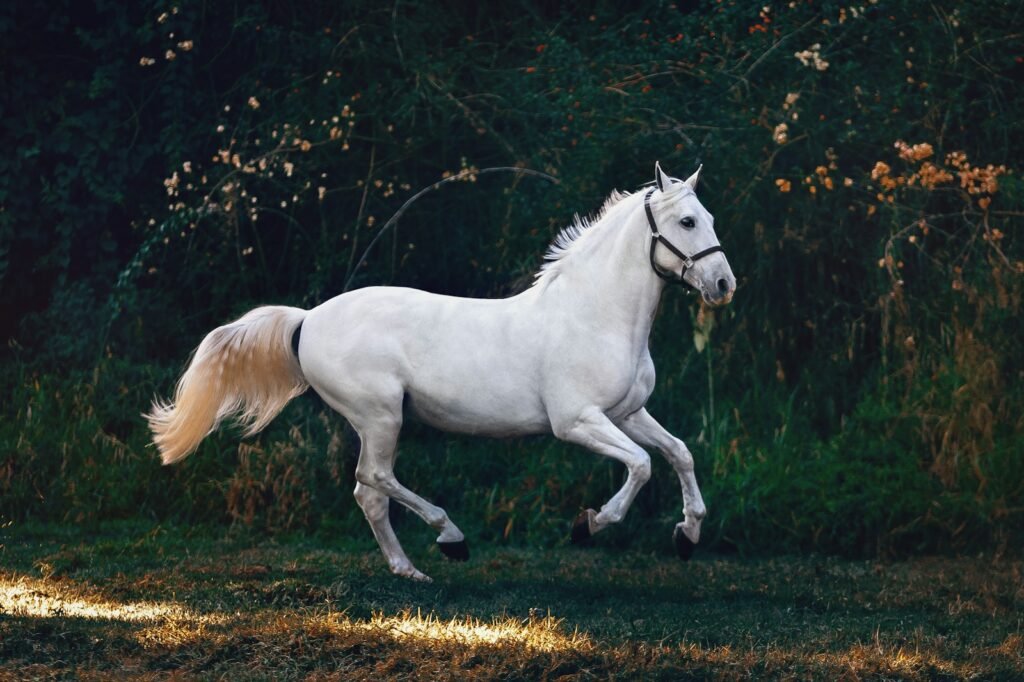Brown Hairstreak: The Rare Butterfly That Is Recolonizing London
The Brown Hairstreak butterfly, scientifically known as Thecla betulae, is one of Britain’s rarest species of butterfly. However, recent sightings show it is making a quiet yet significant comeback across London and surrounding regions, marking an important resurgence in urban and semi-urban environments. This elusive butterfly, recognized for its distinctive brown wings and small ‘tails’ ...







